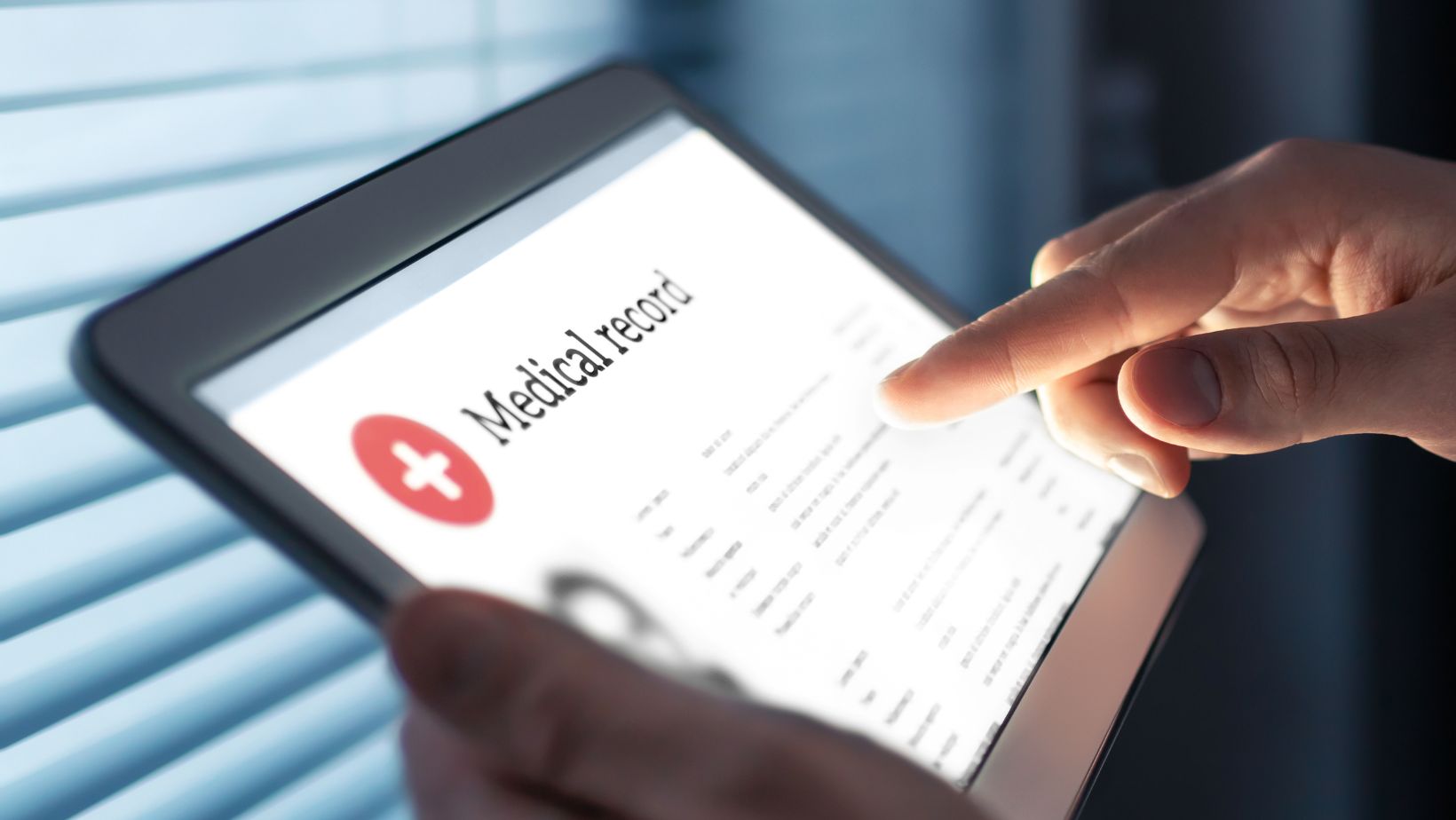In the realm of healthcare, the clinical data is of enormous worth however, they are often concealed in the form of thick charts, tables and technical terms, which are difficult to decipher. This information is hard to mesh together for healthcare professionals, patients and stakeholders without convenient tools to fill the communication block. That is where visual storytelling becomes necessary. If applied in an efficient manner, it can turn the abstract data into clear narratives, relevant for education, decision-making, and engagement purposes.
Medical animation is one way of achieving this that is very effective. Medical animation complies with scientific accuracy and provides an opportunity to make data understanding and impactful. It enables healthcare businesses to package complex information content and make it easy for technical and non-technical audiences to understand it. What becomes difficult is how to make raw clinical data into compelling visuals, while being accurate, at the same time.
Understanding the Nature of Clinical Data
Clinical data is inherently complex. It is represented by numbers, patterns, and measurements obtained from studies, trials, and patients’ outcomes. Although this data is indispensable for the validation of treatments and care guidance purposes, it is not made for storytelling in itself. The first of the steps to transforming it into a visual story is clarifying what the data is, what story it conveys and why it is important to the audience.

This is more than just summarising the results. It entails interpretation of implication and seeing the main idea. It is neither the breakthrough in effectiveness of the treatment nor the trend of recovering of the patient: the main thing to do is to single out what is most important. After this is established, the data can be turned into a narrative composed of the value behind the numbers.
Planning the Visual Message
Once the story is discovered behind the data, the subsequent one is to decide how it is going to be visually conveyed. This entails making a choice between what kind of graphics (static graphics, animated sequences, or interactive content) would work best for the video. There are benefits to each of the forms but when the topic is very complex, or contains biological processes, the medical animation is most often the clearest.
In designing the visual message, it is crucially important to be true to scientific facts and at the same time make sure that the presentation is intuitive. What this means is the choosing of visuals which facilitate the audience to follow the story in a structured manner that does not inundate them with too many details at a time. Style of simplicity in design and meticulousness in content makes the data easier to consume and more interesting.
Collaborating Across Disciplines
The process of translating Clinical Data into visual stories is not a job that is to be done in isolation. Medical experts, data analysts, and visual content creators need to work together to ensure it is accomplished. Medical professionals give context and make it accurate, animators and designers make it visually compelling and readily comprehensible.
This cross-functional collaboration is where these best visual stories take birth. When they keep communication open and goals are properly defined, the team can make sure that the resulting visuals are in line with the message and the target. In order for nothing to be lost in translation, the creative team needs to be able to speak in visual and scientific vocabulary.
Maintaining Clarity and Compliance
There is a complete relationship between clarity and compliance in the healthcare industry. Representation of any kind of data can create confusion or even legal implications.

This makes it very important the visual story should reflect the actual data although bringing out a simplified presentation of it. All visual images from the color palette to the animation tempo should support the security of information.
Adherence to the medical regulations and communication rules also needs to be taken into account when creating visual content. If it is an animation for the education of the patient, the investor presentation or regulatory bodies, the materials have to be reviewed for content for accuracy and approval. Balance should be achieved between creativity and responsibility to ensure that the end product is fulfilled without impairing trust.
The effort to convert scientific information to visuals is part art and science. It calls for an in-depth knowledge about the topic, effective communication plan and appropriate creative tools. Medical animation is extremely important in this transition because it not only makes comprehensible but memorable complex data. For emerging healthcare businesses that want to create impact, spending on deliberate, smart visual storytelling can be the bridge between data and illumination.
